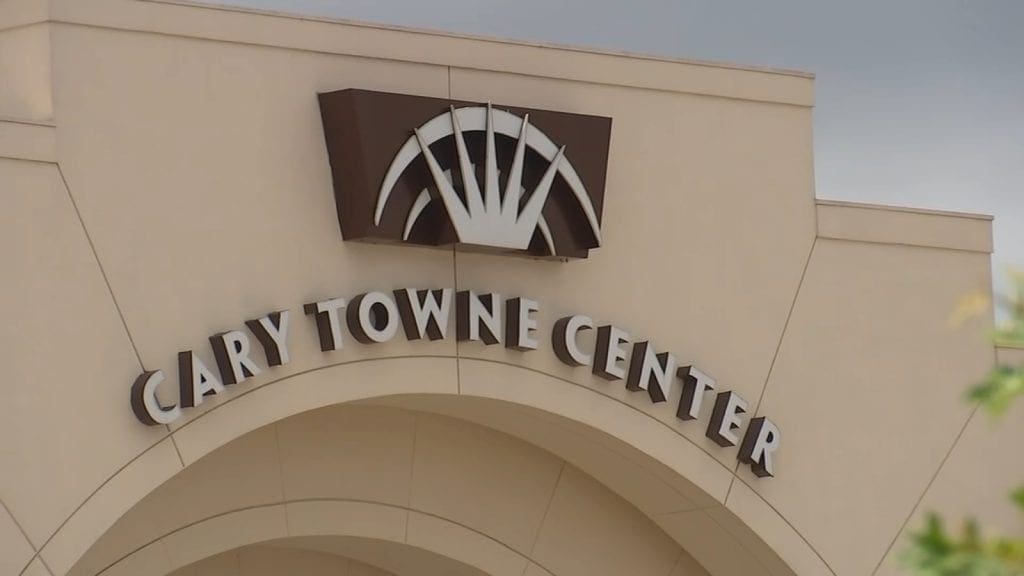Seagate is set to launch its largest hard drive yet—an impressive 32TB single drive—employing innovative technology that utilizes lasers to heat and cool tiny segments of its platters in just a nanosecond…
After 17 years of development, Seagate has finally realized its heat-assisted magnetic recording (HAMR) technology. The new Mozaic 3+ 32TB drives are now in mass production and will soon be available for purchase.
The company elaborates on the challenges involved in cramming more data onto disk platters.
To boost hard drive capacity, engineers attempt to fit more data bits, or “grains,” onto each platter by increasing the density of bits within each square inch of surface area. A higher bit density translates to greater data storage.
However, increasing bit density causes the grains to be positioned closer together, which can lead to the magnetic properties of one grain influencing those of adjacent grains. This raises concerns about the thermal stability of each grain at standard temperatures; hence, manufacturers must develop platter materials that enhance the thermal stability of the grains, preventing them from interfering with each other.
This approach is effective in ensuring that each bit remains stable even at ambient temperatures, but it leads to a secondary challenge: how can you change the magnetic orientation of a highly stable bit when necessary? How can new data be inscribed onto the hard drive if the grains are thermally stable?
To tackle this, the company concluded that it could temporarily heat a minuscule area of the disk, just large enough for writing a single bit of data. This HAMR method has been in development since 2007.
For data writing, a small laser diode is fixed to each recording head, which heats a tiny spot on the disk momentarily, allowing the recording head to alter the magnetic polarity of each bit individually. Thanks to the rapid heating and cooling of each bit in a nanosecond, the HAMR laser does not affect the overall temperature or stability of the drive or the media.
Last year, Seagate successfully produced its first HAMR drives and has provided them to select customers. The Mozaic 3+ drives are now ramping up for mass production.
Tom’s Hardware reports that Western Digital is pursuing a similar technology called energy-assisted perpendicular magnetic recording (ePMR) for its 32TB drives. This method also heats the platter but relies on an electrical current rather than a laser.
Currently, these drives are designed primarily for enterprise clients in data center applications, but, like all storage technology, they are likely to eventually make their way into consumer products.
Image: Seagate
: We use income-earning auto affiliate links. More.




